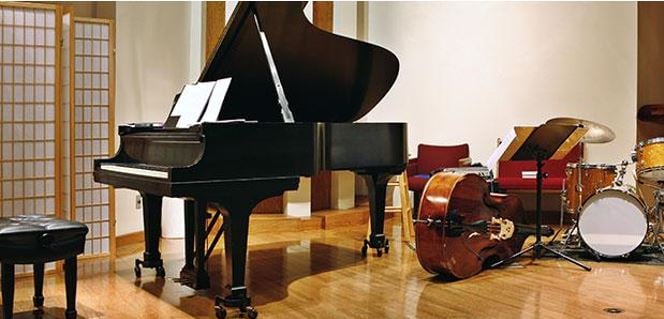Updated: October 2023

Grand pianos are exquisite instruments that not only produce beautiful music but also serve as luxurious centerpieces in any space. However, when it comes to moving these magnificent instruments, it requires much more than sheer strength—it demands precision, expertise, and a meticulous approach. Professional piano movers are trained to handle the complexity of moving a grand piano safely, ensuring that both the instrument and the surroundings remain unscathed. In this article, we delve into the steps taken by professional piano movers to transport a grand piano seamlessly.
- Pre-Move Assessment: Before initiating the move, professional movers conduct a thorough assessment to understand the piano’s size, weight, and condition. They also evaluate the moving path, identifying potential obstacles such as stairs, narrow hallways, or tight corners. This initial assessment is crucial to devising a strategic moving plan tailored to the piano’s specific needs.
- Gathering Essential Equipment: Grand piano moving requires specialized equipment. Professionals come equipped with piano boards (or skids), moving pads, straps, dollies, and protective covers. Ensuring that they have the right tools at hand is imperative for a safe and efficient move.
- Disassembling the Piano: Grand pianos are not moved as a whole. Movers carefully disassemble parts of the piano to make it more manageable and to prevent damage. This usually involves removing the piano’s legs, pedal lyre, and music rack. Each disassembled part is then meticulously wrapped in protective padding.
- Securing the Piano: Once disassembled, the main body of the piano is laid down onto a piano board, which provides a stable base for transportation. The piano is securely strapped to the board, ensuring it stays in place throughout the move.
- Protection and Padding: Professional movers understand the importance of protecting both the piano and the property. They use ample padding to cover the piano and protect it from bumps and scratches. Floors, doorways, and walls are also shielded to prevent damage during the move.
- Navigating Through Spaces: With the grand piano securely strapped onto the piano board, the movers gently navigate through the predetermined path. This requires teamwork, coordination, and precise handling to ensure safe passage through potentially challenging spaces.
- Transportation: Once safely navigated out of the building, the piano is ready for transportation. It is carefully loaded onto a moving vehicle equipped with climate control and secure straps, ensuring the piano remains stable and protected throughout the journey.
- Reassembly and Positioning: Upon reaching the destination, the piano is gently unloaded and navigated to its designated space. The movers then reassemble any parts that were disassembled, meticulously ensuring that everything is securely in place. The piano is positioned as per the owner’s preference, ready to fill the space with music once again.
- Post-Move Inspection: After reassembly, a thorough inspection is conducted to ensure that the piano has not sustained any damage during the move. The movers check for any signs of distress, ensuring that the piano remains in pristine condition.
- Professional Tuning: The final touch to a successful grand piano move is a professional tuning. Moving can affect a piano’s sound, and thus, having a professional tuner adjust the strings ensures that the piano maintains its harmonious integrity.
Moving a grand piano is a delicate art that demands expertise, precision, and a deep understanding of the instrument. Professional piano movers take every necessary step to ensure the piano’s safety, from pre-move assessment to post-move tuning. By entrusting this task to the professionals, owners can have peace of mind, knowing that their prized possession is in capable hands, ready to bring music to its new home.

